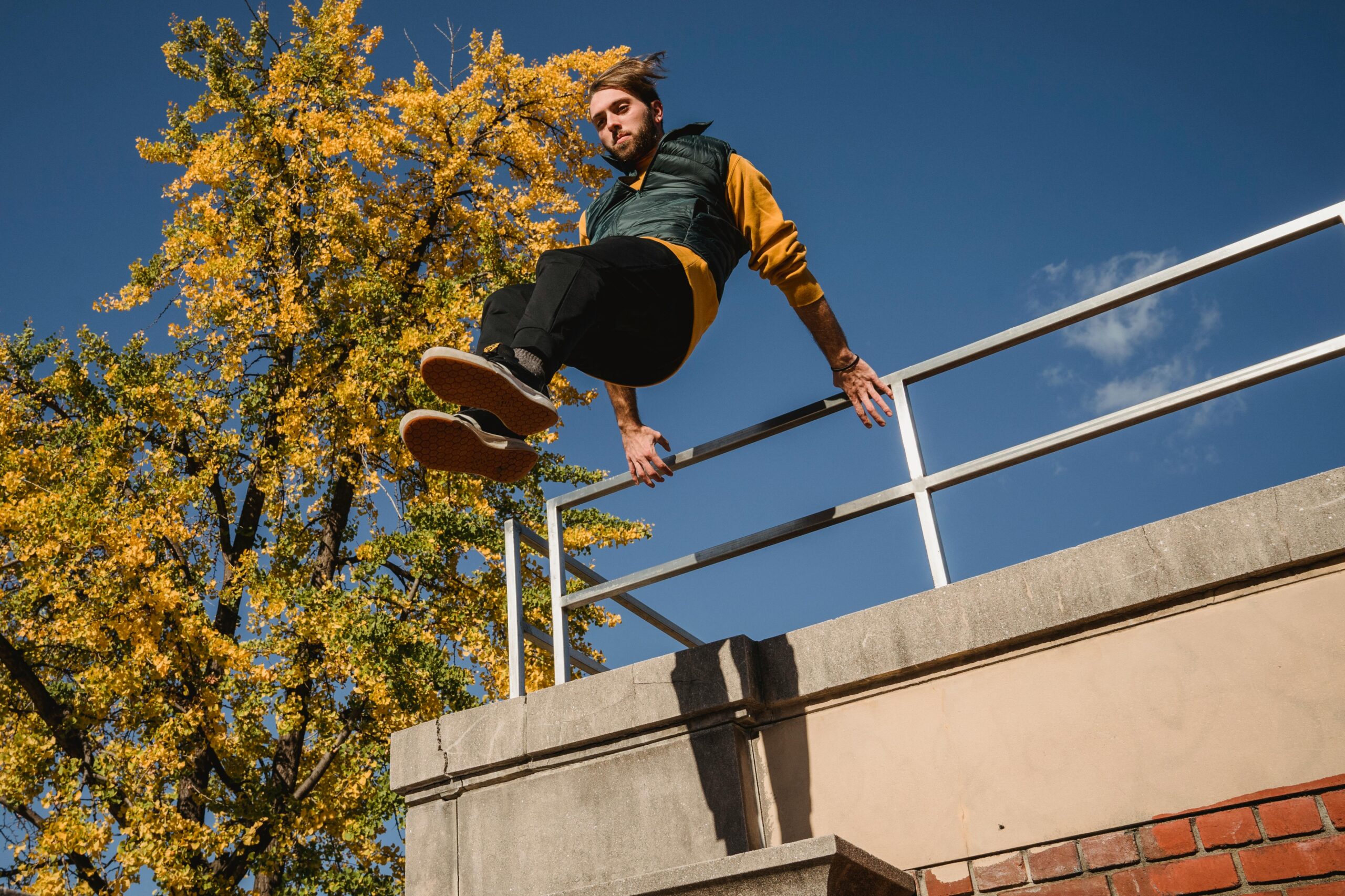Introduction to Parkour and Free Movement Training
Parkour and free movement training have evolved beyond simple physical activities into dynamic arts that challenge the body and mind alike. Rooted in the philosophy of overcoming obstacles efficiently and creatively, these disciplines emphasize fluidity, adaptability, and spatial awareness. Unlike traditional sports, parkour encourages spontaneous problem-solving and self-expression through movement. This article explores the fundamentals of parkour and free movement training, highlights the physical and mental benefits, discusses essential techniques, delves into safe practice strategies, and examines their growing cultural impact. Whether you are a beginner curious about urban movement or an experienced practitioner seeking to deepen your understanding, this guide offers a comprehensive look into how parkour reshapes the way we interact with our environment.
The Origins and Philosophy Behind Parkour
Parkour originated in France in the late 1980s, inspired by military obstacle course training and rooted in the teachings of Raymond Belle and David Belle, often considered the father of parkour. At its core, parkour is about moving through your environment efficiently—getting from point A to point B in the fastest and safest way possible. This philosophy extends beyond physical movement to a mindset of overcoming life’s challenges through creative problem-solving and resilience. Free movement training encompasses the broader set of skills and mental disciplines connected to adapting to any environment, focusing not only on obstacles but on the natural flow of movement, self-awareness, and personal development.
Physical and Mental Benefits of Practice
Engaging in parkour and free movement training enhances cardiovascular fitness, strength, coordination, and flexibility, as practitioners learn to vault walls, climb ledges, and land safely. The intense focus required during practice promotes mindfulness, improves concentration, and encourages perseverance through failure. Free movement’s emphasis on fluid adaptability fosters body awareness and balance, helping prevent injuries both in training and daily life. Moreover, the mental discipline cultivated through overcoming physical challenges builds confidence and problem-solving skills, effects that extend into personal and professional realms, making practitioners more resilient individuals overall.
Fundamental Techniques and Training Approaches
Mastering parkour starts with building a solid foundation of basic movements such as precision jumps, landings, rolls, vaults, and wall runs. These techniques train not only agility and muscle strength but also the mechanics of safe landing to reduce impact on joints. Free movement training encourages a more individualized approach, focusing on flow, transitions, and adaptive movement patterns, often incorporating elements from gymnastics, dance, and martial arts. Consistent practice of drills aimed at balance, spatial orientation, and muscle condition is essential. Conditioning sessions combined with obstacle courses challenge the practitioner to apply techniques in varied environments, gradually increasing difficulty to promote progression.
Safety and Injury Prevention in Training
Due to its physically demanding nature, parkour carries inherent risks if pursued without proper preparation and respect for one’s limits. Safety begins with warm-ups that include mobility work, stretching, and gradual intensity increase. Wearing appropriate footwear and training in controlled environments initially helps reduce injury risks. Learning proper falling and rolling techniques is vital to dissipate impact forces. It is important to listen to the body and avoid pushing beyond current abilities, progressively adapting challenges to individual fitness. Recovery, hydration, and nutrition also play critical roles in sustaining long-term practice and preventing overuse injuries.
The Cultural Growth and Community of Parkour
What began as an underground movement has blossomed into a global community united by a shared passion for urban exploration and self-expression. Online platforms, social media, and local parkour groups have fostered collaborative learning and event organization. The culture promotes inclusivity, creativity, and mentorship, with practitioners exchanging tips, sharing videos, and organizing gatherings around the world. Parkour has influenced fashion, film, and video games, becoming a symbol of freedom and agility. This rising visibility encourages new practitioners to engage safely while preserving the ethos of respect for the environment and personal growth that defines the discipline.
In summary, parkour and free movement training offer a harmonious blend of physical exercise, mental fortitude, and creative expression. The origin and philosophy emphasize overcoming challenges not just physically but metaphorically. Through mastering fundamental techniques and safely navigating environments, practitioners build strength, agility, and confidence. The discipline fosters a mindful connection between body and surroundings while nurturing a supportive global community. Whether practiced recreationally or pursued as a lifestyle, parkour inspires individuals to reshape their interaction with urban landscapes and life obstacles alike, cultivating resilience, adaptability, and a profound sense of freedom.
